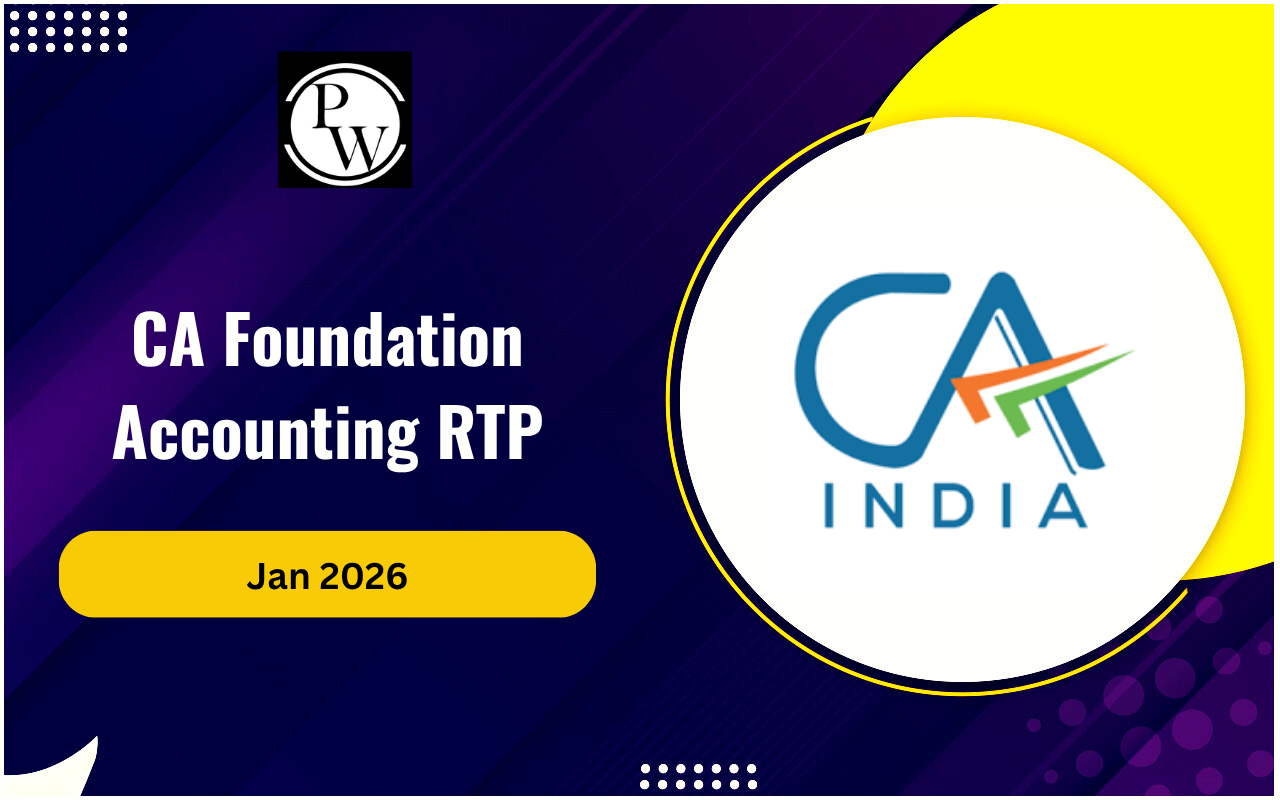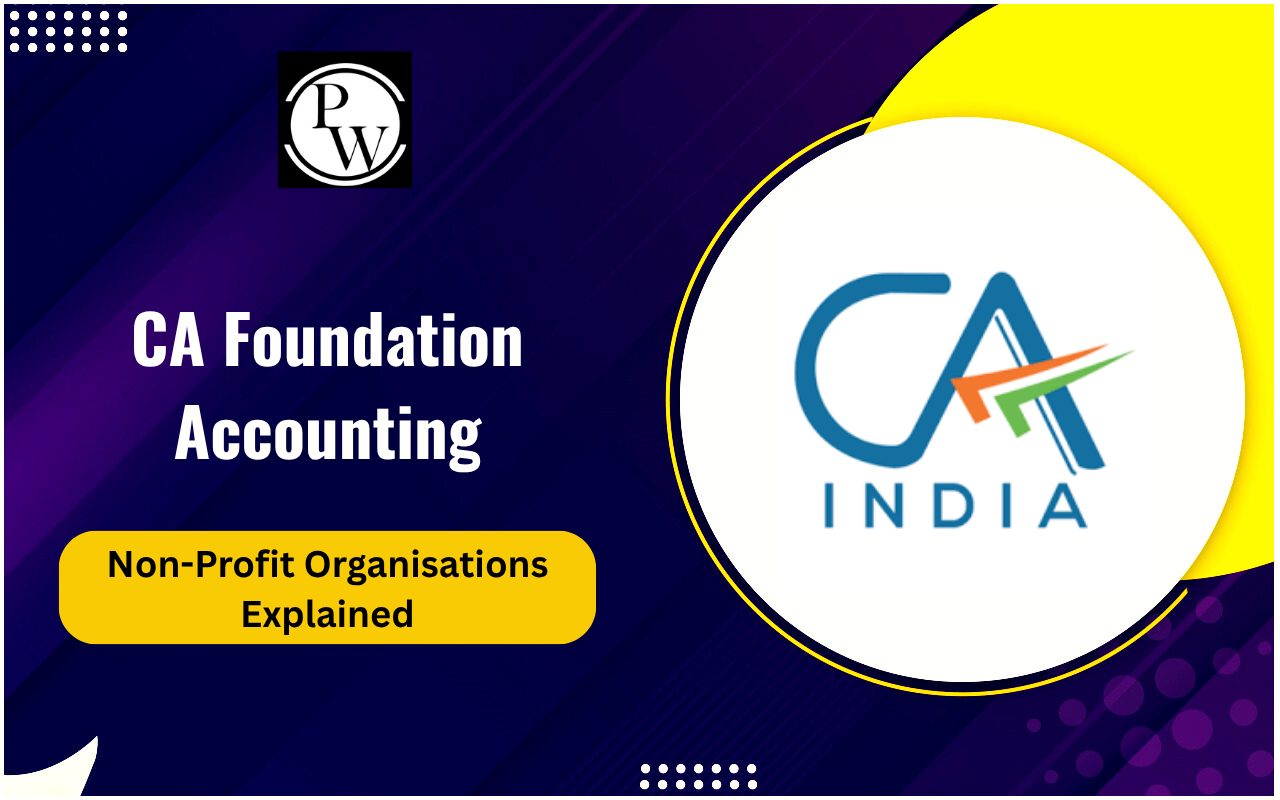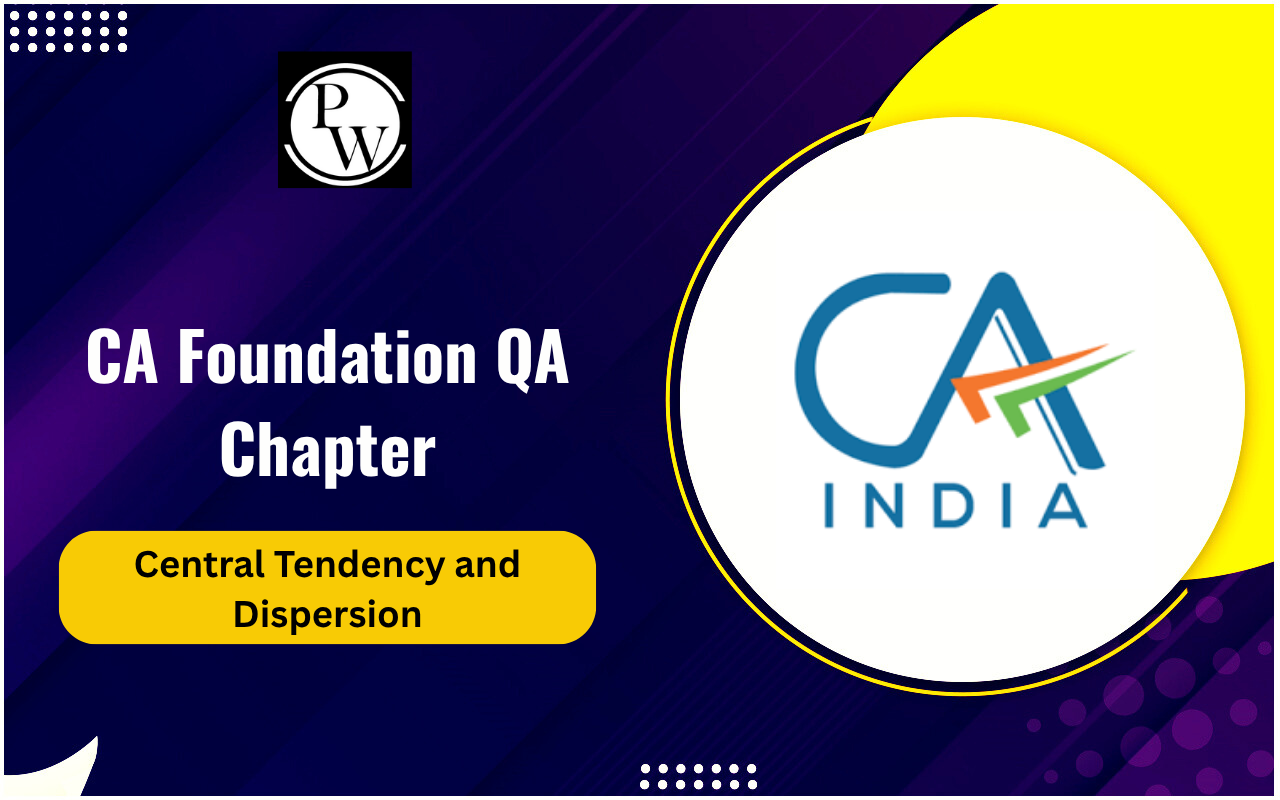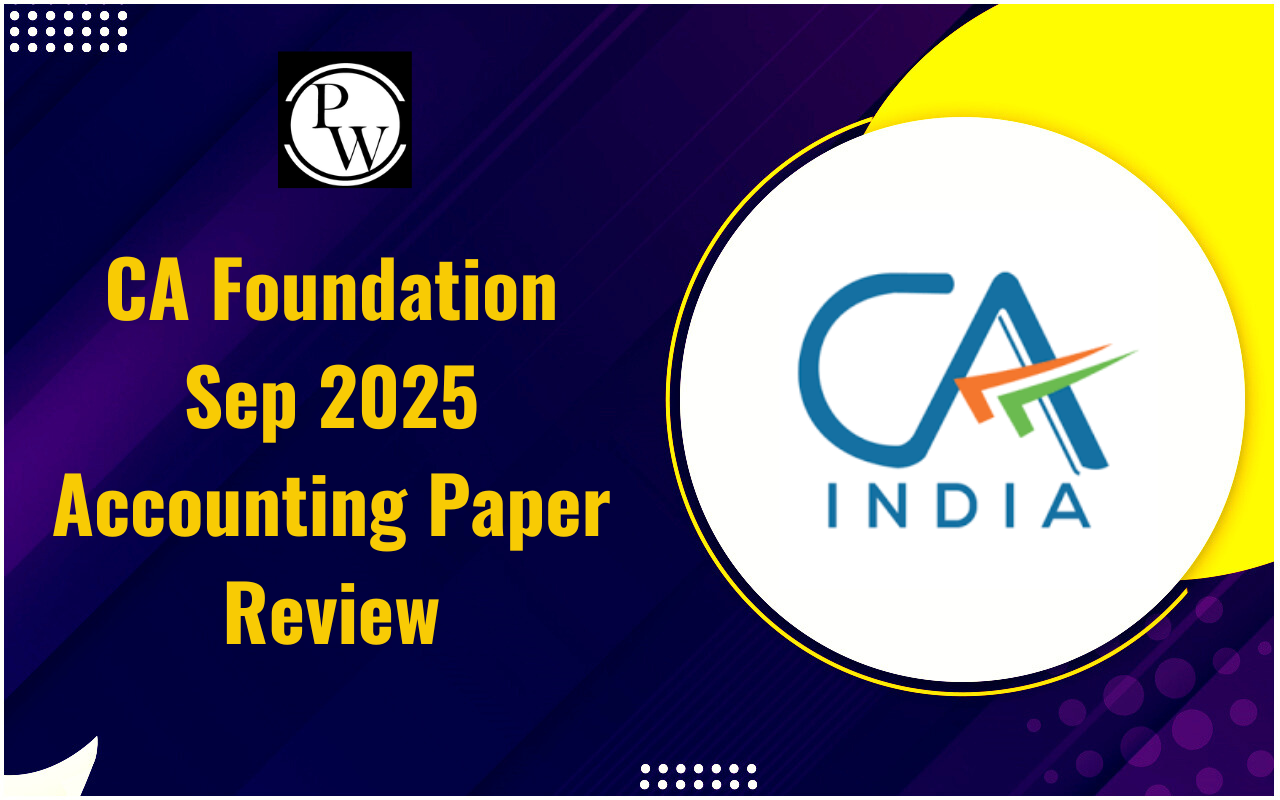
Environmental accounting plays a crucial role in both environmental conservation and financial decision-making for businesses. It helps organizations analyze how their operations, products, or services impact the environment and then share this information with others.
For CA Exams , understanding environmental accounting is essential as it's a commonly addressed topic. This article discusses its significance and objectives, emphasizing how it aids firms in balancing profitability with environmental responsibility. By revealing the environmental effects of business activities, environmental accounting enables better decision-making, benefiting both the environment and businesses that adopt it.What Is Environmental Accounting?
Environmental accounting involves including environmental costs in a company's financial records. This helps companies share info on their financial performance with outsiders. It's basically about preparing financial reports for lenders, investors, and others interested in this data. Businesses typically use three methods for this accounting: managerial, financial, and national income accounting. It's applicable to all businesses, big or small, but it needs support from the top management. Setting up cross-functional teams is key to making it work. These teams include people from different departments like sales, finance, procurement, and manufacturing. They make sure that all environmental accounting rules are followed and communicated effectively.Types of Environmental Accounting
The following are various types of accounting methods designed to address environmental concerns and promote sustainability within organizations:Environmental Management Accounting: This method emphasizes managing resources and making internal decisions by identifying, analyzing, and measuring the environmental costs and benefits of a company's operations. It aims to integrate this data into management systems to improve environmental performance.
Sustainability Accounting: Here, the focus is on evaluating and disclosing a company's social, environmental, and economic performance. This includes assessing indicators like energy usage, social impacts, and greenhouse gas emissions. The goal is to provide a comprehensive understanding of the organization's sustainable development, encourage engagement with stakeholders, and identify areas for enhancement.
Full Cost Accounting: This approach calculates the total social, environmental, and economic costs associated with a service or product, including hidden expenses often overlooked in traditional financial accounting. By offering a detailed analysis of consumption and production costs, it enables organizations to make better-informed business and policy decisions, aiming to minimize adverse environmental impacts.
Other variants of this accounting approach include:Environmental National Accounting: This method, conducted at the national level, specifically focuses on externalities and environmental costs.
Environmental Financial Accounting: This type of accounting concentrates on reporting environmental liability costs, alongside other significant environmental expenses.
| Also Check: | |
| Management Accounting | Financial Accounting |
| Auditing and Assurance | Taxation |
| Financial Management | Business Laws and Ethics |
Importance of Environmental Accounting
Environmental awareness is growing among people, prompting businesses to pay closer attention to Environmental Accounting. Governments are tightening environmental regulations, making it vital for businesses to monitor their environmental footprint.- Reducing Environmental Costs: Environmental accounting guides businesses in becoming more eco-friendly by pinpointing areas for reducing environmental impact through better management of production and consumption costs.
- Meeting Environmental Regulations: Stricter government regulations require companies to adhere to environmental standards to avoid penalties, and environmental accounting aids in compliance.
- Enhancing Corporate Reputation: With increasing consumer concern for the environment, a positive sustainability reputation can foster customer loyalty and differentiate a company.
- Assessing Environmental Risks: Environmental accounting enables companies to identify and mitigate environmental risks, safeguarding against potential disasters and preserving reputation.
- Improving Resource Efficiency: By analyzing environmental impact, businesses can optimize resource usage, leading to cost savings and environmental benefits through reduced energy and water consumption.
- Encouraging Innovation: Environmental accounting fosters innovation by prompting the development of sustainable and efficient technologies, driving progress towards a greener future.
Objectives of Environmental Accounting
Environmental accounting is crucial for businesses to consider their impact on the environment when making decisions. Here's what it aims to do:- Separating Environmental Accounts: By keeping track of separate accounts for environmental expenses, companies can understand the costs involved in protecting the environment. This includes fixing any issues like pollution caused by their actions. This helps in managing environmental risks and finding opportunities to be more sustainable.
- Linking Environment & Resources Accounts: Environmental accounting connects environmental factors, resources, and finances to see their relationship. By understanding how these aspects intertwine, companies can make better decisions to use resources more efficiently and increase profits.
- Assessing Environmental Costs and Benefits: This involves evaluating the positive and negative impacts of a company's activities on the environment. By measuring factors like pollution and resource usage, companies can avoid legal issues and protect their reputation by making environmentally conscious choices.
- Accounting For Tangible Asset Maintenance: Environmental accounting also monitors the maintenance of assets like machinery to ensure they operate efficiently without harming the environment. This involves tracking their energy and resource usage and finding ways to minimize environmental risks.
- Green Product and Income Metrics: Environmental accounting includes developing and measuring indicators to assess how products affect the environment. Traditional financial metrics often overlook environmental costs, so these new metrics provide a more accurate understanding of a product's economic value and its environmental impact. This helps in making more informed decisions.
| Also Check | |
| Activity-Based Costing (ABC) | Lean Accounting |
| Equity Capital Markets | Direct Tax |
| Business Valuation | Transfer Pricing |
Environmental Accounting FAQs
What is environmental accounting?
Why is environmental accounting important for businesses?
What are the types of environmental accounting methods?
How does environmental accounting help in reducing environmental costs?
What are the objectives of environmental accounting?










